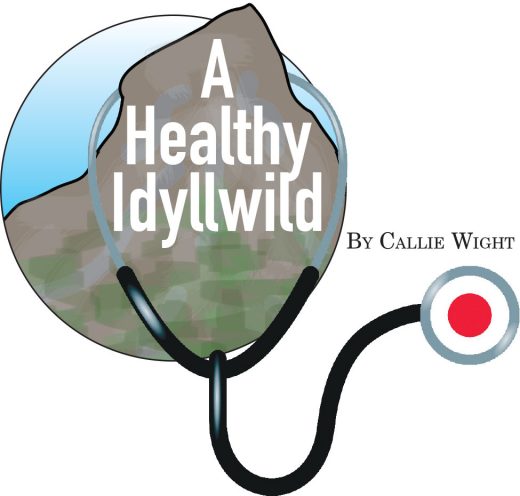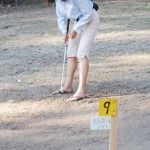
Nothing in this article is meant to be medical advice. Please consult you own healthcare provider for any questions or issues concerning you own health status.
“Bullies, they really feed off the energy they get. If they hear people laugh at one joke they make, they’re going to keep making them to get the laughs. And if you show them that it’s not appreciated, then eventually they’ll realize that what they’re doing is not acceptable. … But there’s just this instinct to conform to the crowd, and to just keep laughing, and to tell yourself that the kid’s ok, even though you know … that this is going to have a real negative effect on this child.”
- Hope Sanders, youngster
Visit www.stopbullying.gov/respond/be-more-than-a-bystander/index.html, www.Cyberbullying.org, www.samhsa.org and www.cdc.gov.
I am impressed at how intelligent and socially adept the children of Idyllwild are. Bullying is probably relatively unknown on our Hill and when encountered, I bet our kids know how to respond.
But our kids don’t stay safely ensconced on this Hill. At a critical point in their young lives, they must begin to negotiate very different environments with varying rules of engagement.
Bullying is so widespread nationally that it is being treated as a public health problem. Twenty percent of high schoolers stated they had been bullied on school property within the 12-month period preceding a national survey completed in 2015, and 16 percent reported being bullied electronically during that same period. Nationally, schools are required to establish anti-bullying programs but this is all a work in progress.
Bullying is unwanted, repetitive, aggressive behavior — physical, verbal or social — occurring face-to-face or electronically as in “cyberbullying.” Bullies target those they perceive in some way as different and vulnerable.
As the quote from Hope Sanders expresses, bullies are often seeking attention themselves. They are encouraged when bullying succeeds in bringing them this attention.
Bullying is harmful. Being the victim is associated with depression, anxiety, sleep problems and poor school adjustment. Interestingly, being the bully is associated with substance use, academic problems and violence. Being both, known as “bully-victim,” is associated with even more serious consequences.
You will not be surprised by the fact that open communication between parents and children plays a critical role here. Learn the signs of victimization and perpetration. Begin a calm discussion early if you suspect, or if your child lets you know, that bullying is going on or even that she or he has witnessed it happening to others. Don’t minimize it or make excuses.
Implement cell phone and Internet use contracts with your children. Demonstrate that you will intervene rationally and logically and not “freak out.” (When parents freak out, it’s truly disturbing to children).
Discuss specific tactics to help your child to manage in the moment, even if the child is a witness only. Discuss pros and cons of different ways your child can react in the moment.
Which of their behaviors as a bystander might inadvertently condone bullying. Focus on this as an opportunity for your child to establish healthy boundaries in social relationships. This is a chance to develop empathy and compassion, as well as good citizenship in the context of a broad community.
Callie Wight is a California state-licensed registered nurse with a Master of Arts in psychology.










